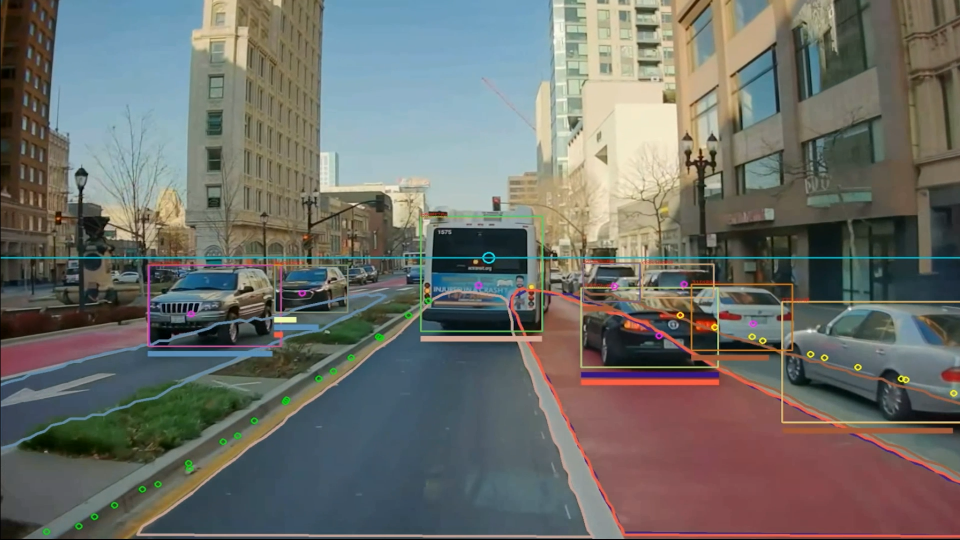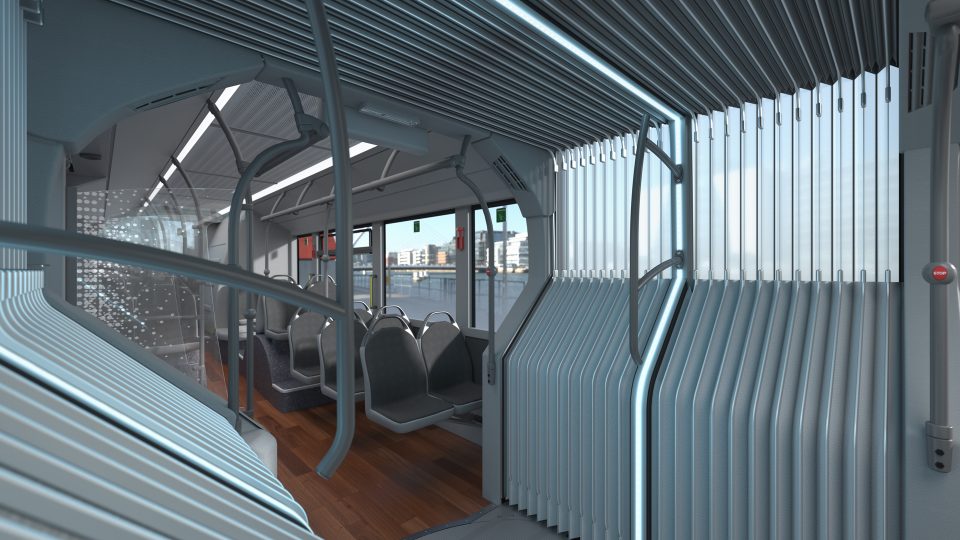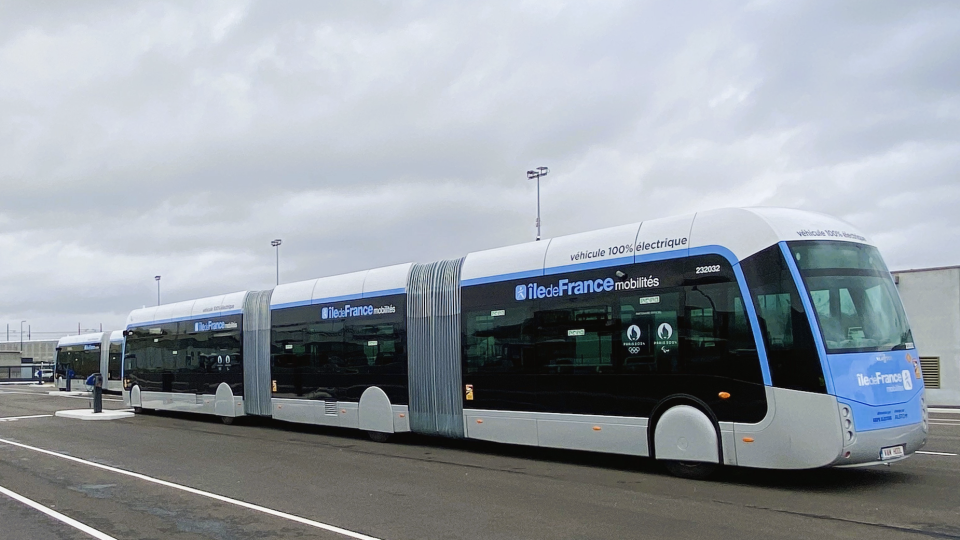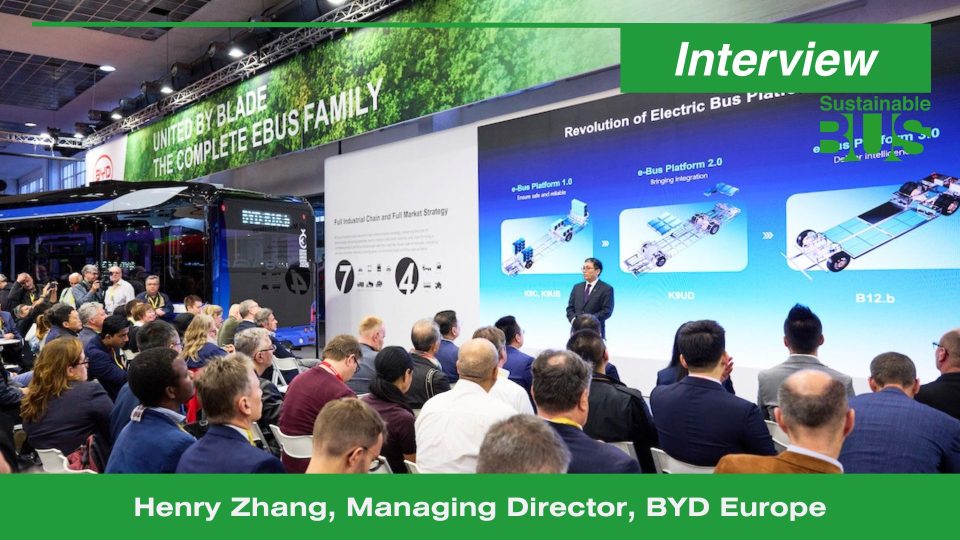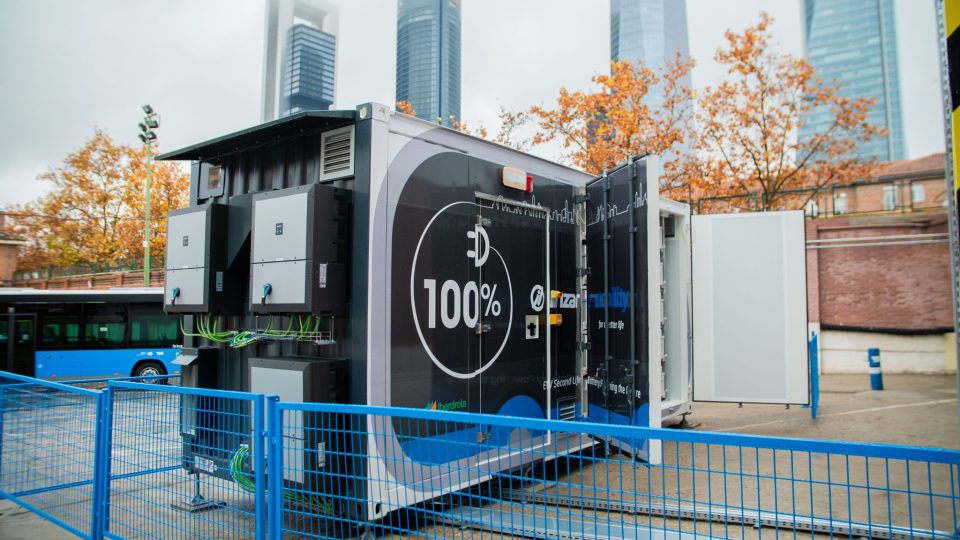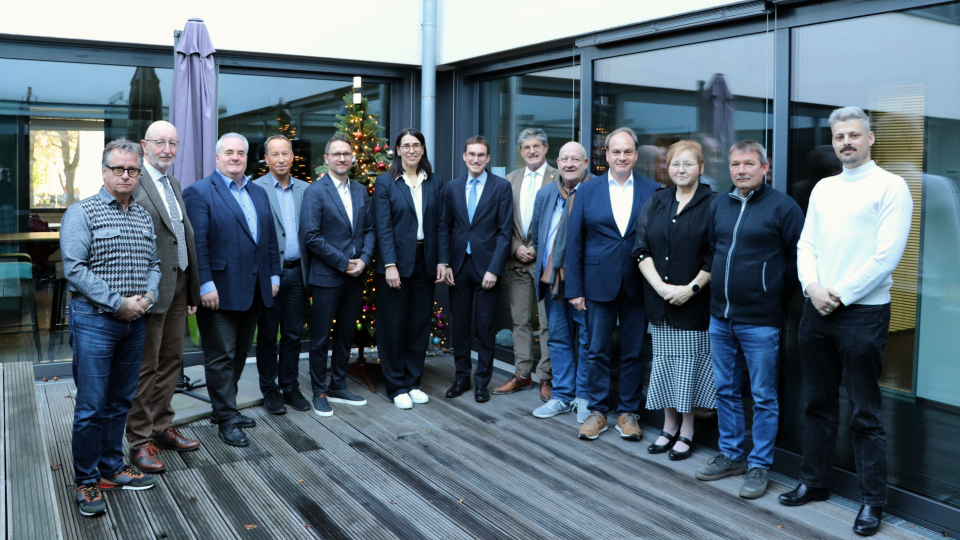Competition, funding, manufacturing: How the EU bus industry can stay competitive? President Domenico Nucera explains Iveco Bus’ approach
The growing market for e-mobility (and where to place subsidies?), the focus on industrial strategies aiming at ramping up volumes, the role of partnerships and the factors that can enable traditional European OEM to keep a relevant place in the market, on the thin line between product standardization and customer-centric personalization. We discussed the above […]
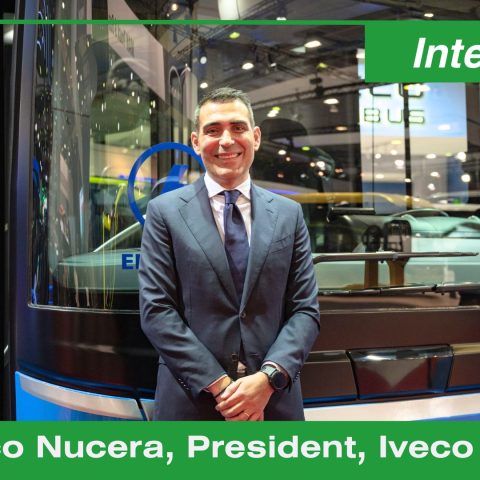
The growing market for e-mobility (and where to place subsidies?), the focus on industrial strategies aiming at ramping up volumes, the role of partnerships and the factors that can enable traditional European OEM to keep a relevant place in the market, on the thin line between product standardization and customer-centric personalization.
We discussed the above (and more) topics with Domenico Nucera, at the helm of Iveco Bus since late 2021. He is also covering the position of 2024 Chairperson of ACEA bus and coach division.
UPDATE JANUARY 21ST, 2025
Iveco Groups announces that Claudio Passerini has been appointed as President of Iveco Group’s Bus Business Unit with immediate effect. At the same time, Domenico Nucera has assumed the newly created role of Chief Quality & Operations Officer.
Subsidies on the purchase of the product will not get us out of the critical phase. Instead, what should be financed are the key enabling conditions, and with viable financial models. We need to change the paradigm by supporting the costs of charging infrastructure, the cost of energy, the cost of training… The market is not yet mature enough to be self-sustaining. If we believe to make it self-sustaining through subsidies on vehicles, we are leaving the playing field to the manufacturers from the Far East.
Domenico Nucera, President Bus Business Unit, Iveco Group – Chairperson of ACEA bus and coach division
Domenico Nucera: 2024? A record year!
What trends have you observed on the European bus market in 2024? And what are the forecasts and expectations for 2025?
For Iveco Bus, 2024 will very likely be a record year. And we are confident to be similarly successful again in 2025. The story we are writing is not a trivial one: it is linked to a market that is moving at an unprecedented speed, in a non-linear way. At Iveco Bus, despite belonging to the world of traditional industry, we have been able to anticipate the trends and orient our strategy accordingly.
Any data?
Today we have an order portfolio value that has quadrupled compared to a year ago. In the electric bus market, we have reached a 20 percent market share in some markets, such as Italy. Our book-to-bill is 1.12, 50 percent higher than a year ago. And the term of comparison is with the levels of production capacity updated during the last year. Our factories will be full for a year, a year and a half.
And this year you have announced a major investment…
Yes, we will invest 600 million euros, 100 of which already invested this year, mostly in research and development or for the localization of high-tech production such as electric vehicles in Annonay. A step that comes in addition to the opening of the Foggia plant in Italy. In addition, this year alone we have hired 600 people in France, responsible for the production of electric vehicles for all European markets. These are facts that tell a lot about our strategy.
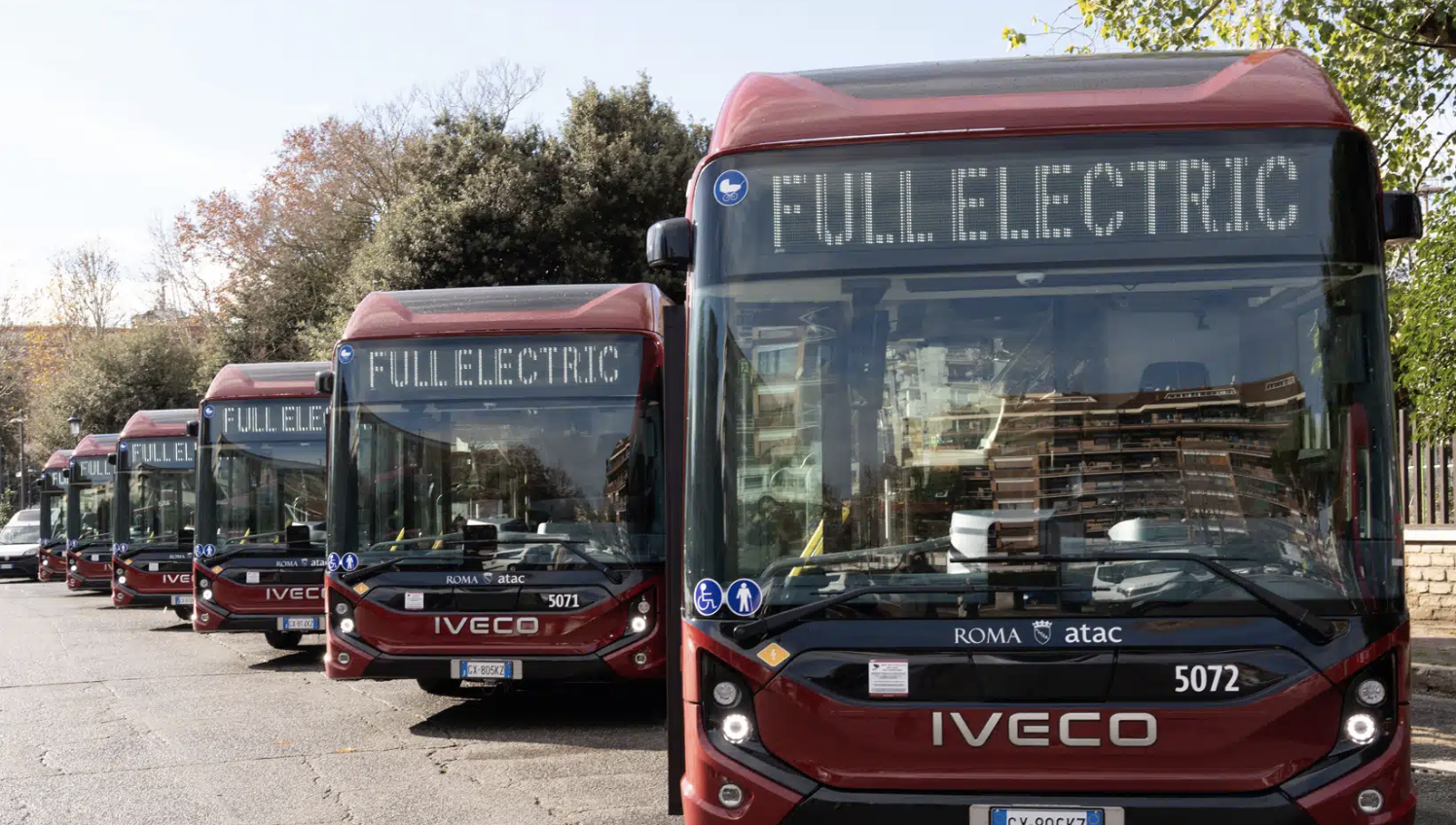
What do you mean?
Localizing the activities as much as possible and bringing our capabilities close to customers. In Foggia, for example, we customize the vehicles together with the customers. A thousand buses have passed through Foggia in the last year. In Annonay we plan to double our production capacity next year. Mostly electric vehicles, to which we should add the production coming from Rorthais. Finally, we started few months ago the production of the electric Crossway LE in Vysoké Mýto and we are already delivering this year. The news is that all four of our plants (Foggia in Italy, Vysoké Mýto in Czech Republic, Annonay and Rorthais in France) are enabled to produce electric buses, while maintaining a significant share of conventional vehicles, in compliance with our approach aimed at technological neutrality. After all, key enablers for a total transition to zero emissions are not yet in place.
The goal of Iveco Bus ambitious investment plan is to update the entire product range by leveraging the successful history of our intercity model. The new generation city bus range that we are developing will have more than 50% commonality with the Class II family. And, I insist on this point, it will have a European footprint, with factories and services close to the customer, with whom we will take care of the customization of the products step by step. Customer proximity is fundamental for us, not only in terms of dealers but also of factories.
Domenico Nucera, President Bus Business Unit, Iveco Group – Chairperson of ACEA bus and coach division
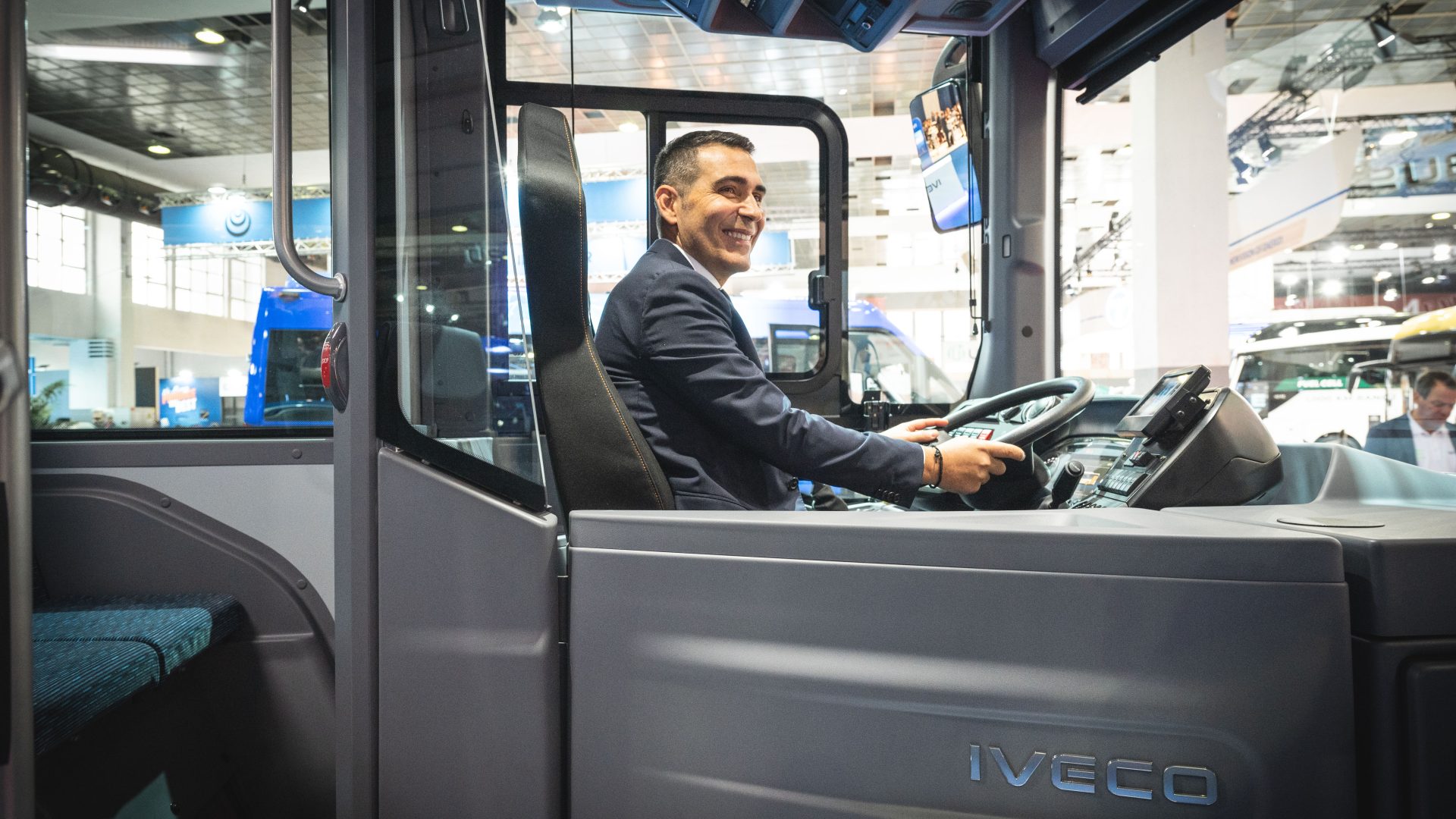
The issue of competitiveness of European industry…
Before delving into the topic of ‘key enablers’: how can the European industry maintain competitiveness against products, such as those from Asia, that are highly industrialized and mass-produced on immensely larger volume scales?
Competitiveness is only part of the problem. Here I’d like to answer as ACEA president of the bus and coach division. The European industry is experiencing a period of extremely high levels of stress. A stress that has two concauses: the imperatives of radical energy transition and the challenge of competitiveness. But the real cause, the trigger, is only one, namely the total disconnection between the world of regulation and the reality of the market. This gap is widening. As a European industry, we are faced with a ‘made in Europe’ that is at serious risk. Today, e-mobility is for sure a risk, but also an opportunity, and there are no longer any doubts about the future of this technology, at least in the urban segment. The disagreement arises in the other segments: interurban and touristic. On these we have asked the EU to anticipate the review of the CO2 reduction targets to 2025, two years before the deadline now scheduled for 2027.
“The enabling conditions must be subsidies, not the products”
How do we get out of this impasse?
First of all, a collective effort is needed by all players to propose shared solutions. In any case, subsidies on the purchase of the product will not get us out of the critical phase. Instead, what should be financed are the key enabling conditions, and with viable financial models. We need to change the paradigm by supporting the costs of charging infrastructure, the cost of energy, the cost of training…
As ACEA, we hope to complete with other viable and sustainable solutions for all the ecosystem, from the logic of subsidies on the purchase of vehicles. The market is not yet mature enough to be self-sustaining. If we believe to make it self-sustaining through subsidies on vehicles, we are leaving the playing field to the manufacturers from the Far East.
The arbiter of our business is the Total Cost of Ownership. According to our forecasts, regardless of the level of subsidies, the TCO of an electric vehicle in 2035 will be significantly better than that of a diesel vehicle on the urban market. The issue will remain the upfront cost, that will depend to the rate of innovation, battery evolution, etc. In any case, thinking that an electric vehicle will have a similar purchase cost to a diesel vehicle, even in 2035, is, in our opinion, utopian.
Domenico Nucera, President Bus Business Unit, Iveco Group – Chairperson of ACEA bus and coach division
Can you elaborate more on this? If subsidies no longer focus on vehicles but on the other elements of the chain, won’t the customer try to maximize savings by purchasing the most competitive vehicle in terms of cost?
Manufacturers in the Far East have an advantage on the purchase cost, certainly not on issues such as TCO, after-sales and assistance, where the traditional European industry has an immeasurable advantage in terms of network capillarity. A legacy in the territories based on decades of history and the quality of proximity to the customer cannot be recovered in a handful of years. The only solution to relaunch the ‘made in Europe’ industry is to finance the solution, not the vehicle.
Speaking about solutions, I would like to mention that in Turin we won our biggest turn key project at European scale, where we supply vehicles, build infrastructure and so on. Once this approach is established, competition from non-European players becomes less attractive: proposing a valid solution, which goes beyond the mere supply of vehicles, and building customer loyalty is the best barrier to entry for new players.
Then there is the issue of technological innovation…
Please.
The goal of Iveco Bus ambitious investment plan is to update the entire product range by leveraging the successful history of our intercity model. The new generation city bus range that we are developing will have more than 50% commonality with the Class II family. And, I insist on this point, it will have a European footprint, with factories and services close to the customer, with whom we will take care of the customization of the products step by step. Customer proximity is fundamental for us, not only in terms of dealers but also of factories.
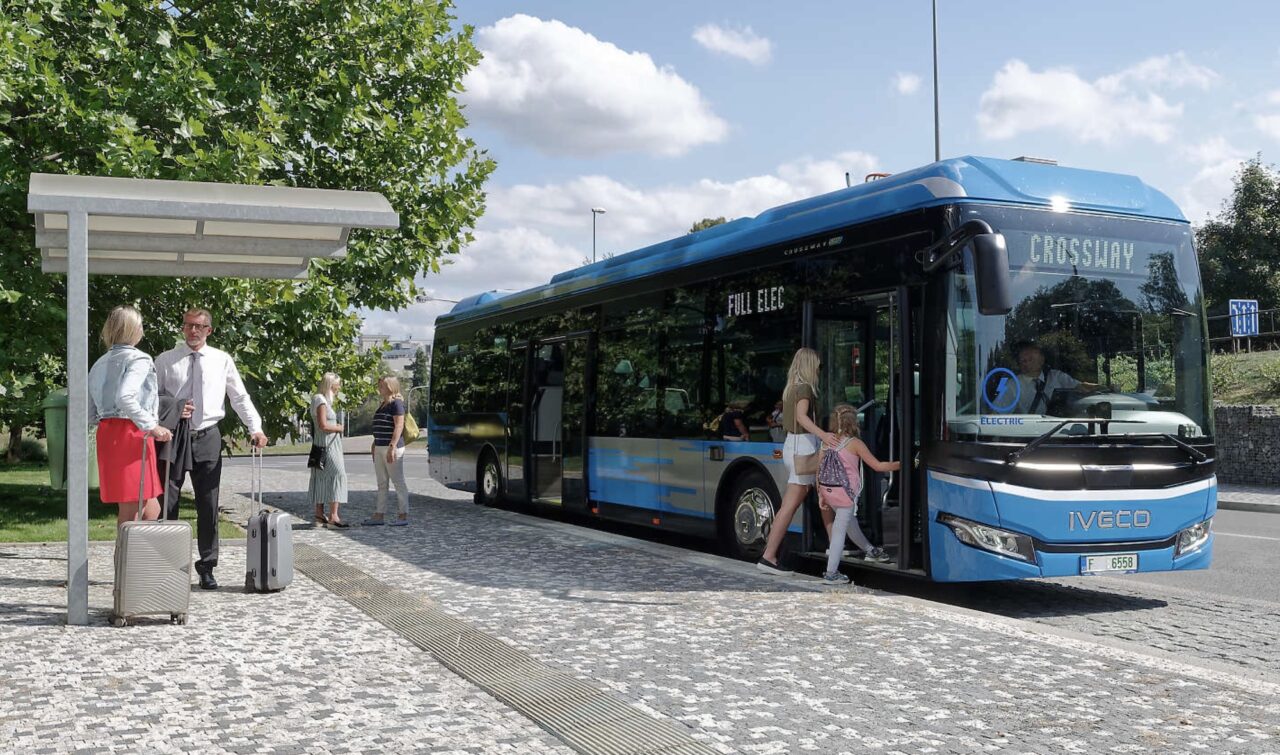
Will electric transition be on the shoulders of taxpayers?
A last question on subsidies, linked to the topic of self-sustainability of the market. Should we really expect structurally higher levels of incentives for e-mobility or do we have in view a timing when the e-bus market will be independent of specific subsidies?
The arbiter of our business is the Total Cost of Ownership. According to our forecasts, regardless of the level of subsidies, the TCO of an electric vehicle in 2035 will be significantly better than that of a diesel vehicle on the urban market. The issue will remain the upfront cost, that will depend to the rate of innovation, battery evolution, etc. In any case, thinking that an electric vehicle will have a similar purchase cost to a diesel vehicle, even in 2035, is, in our opinion, utopian.
In Q3 this year, considering the previous 12 months, our EBIT was 5.8 percent. Last year it was 4.2. And this growth is mainly due to our growth in the e-mobility segment: we are demonstrating that it is not true that with e-buses you lose money. How? First of all, having a very long book-to-bill is a winning strategy. It gives us the opportunity to see the development of the order portfolio in the long term, improve economies of scale and organize industrial activities. And framework agreements were not so common in the past, before e-mobility gained ground. It is giving us a payback.
Domenico Nucera, President Bus Business Unit, Iveco Group – Chairperson of ACEA bus and coach division
Returning to the topic of competition and customization, yours is an approach apparently opposed to the extreme standardization of the products coming from the Far East…
Well, we aim to standardize the platform but keep customization very close to the customer. It is clear that customization reduces margins, but adds value.
You spoke earlier of the need for the sector to have “viable financial models” to allow the energy transition of public transport. We are on a minefield since many markets, Italian and German first, but also French, are very traditional regarding public transport: the financing only goes for the purchase of Capex. Can you give us some examples of what you mean?
As Iveco we launched the GATE platform which is based on the concept of the euro per kilometer. We are convinced that it is a topic to be investigated and we are also seeing interest from the big players. The topic of the business model is a further element of the macro topic of competitiveness. The ‘euro per km’ model can favor competitiveness by allowing the Capex to be absorbed and diluted.
In a few words: moving subsidies from the vehicles to the solution, ensuring that the various industrial players move together and opening up to a financial model that enables the possibility of paying per kilometer: only in this way can the energy transition truly take hold.
Let’s stay on the economic topic. If we consider providers of vehicles and suppliers of components for zero-emission technologies, financial profitability seems rather difficult to achieve. In the meantime, Iveco Bus has announced the target of doubling profitability in 2028 compared to 2022… how?
In Q3 this year, considering the previous 12 months, our EBIT was 5.8 percent. Last year it was 4.2. And this growth is mainly due to our growth in the e-mobility segment: we are demonstrating that it is not true that with e-buses you lose money. How? First of all, having a very long book-to-bill is a winning strategy. It gives us the opportunity to see the development of the order portfolio in the long term, improve economies of scale and organize industrial activities. And framework agreements were not so common in the past, before e-mobility gained ground. It is giving us a payback.
You have given a target of 7-8 percent of EBIT by 2028…
It is a gap that we will fill with the new platform, thanks to common architectures between segments that will lead us to have easily customizable, modular buses. We will have a platform that will lend itself easily to customization in order to reduce the cost burden related to long customization activities. That’s the key.
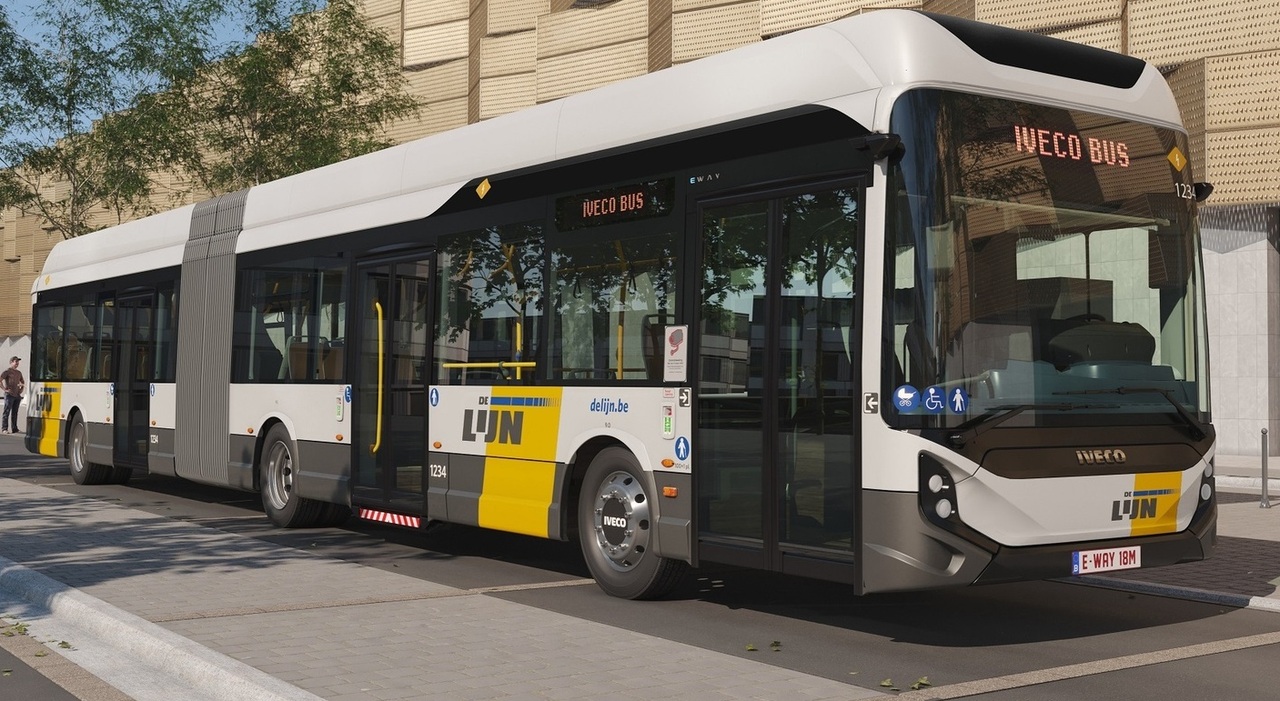
Domenico Nucera, Iveco Bus and the partnerships
Furthermore, based on the tender offers, we have observed a certain increase in the cost of electric buses in the last two years, which comes after a phase of reduction. Supply chain increases or consequences of a situation of full occupation of plants?
The answer is complex. It must be said that the supply chain has a significant impact. 30 percent of the cost of the electric bus is due to the battery. Until last year we saw a reduction in the cost of raw materials, which have recently been increasing due to the increased cost of the energy needed to transform them. And the increase has repercussions on the cost of the battery and that of the vehicle.
Today we talked a lot about competition. But in recent years you have also signed several partnerships. What role do they play in the company’s future strategies?
I would separate technological and strategic partnerships such as the ones with Hyundai and ZF, from contract manufacturing such as the one with Otokar, created to penetrate markets where we were not present such as Eastern Europe, guaranteeing the value, already mentioned, of customer proximity.
The technological partnerships for Iveco Bus have the task of reducing the time-to-market of technological solutions based on the expertise of important players. Partnerships for Iveco are linked to agility. When we evaluate initiatives, our strategy is to understand if they are able to transfer value to the customer.
While the urban and interurban segments are affected by upheavals linked to the energy transition, in the touristic market several brands left the sector due to the pandemic. Now, however, the pre-pandemic sales figures are no longer a mirage. In Italy they have already been reached. What role does the Class III segment play in Iveco Bus projects?
We have the Evadys which is doing very well. At a European level we are not yet at pre-covid levels; we are intercepting different business models, operators who cover touristic applications with different models. It is a business that is recovering, but it is also transforming. In our roadmap we are focusing on understanding whether to make changes. In any case, as part of the review of our vehicle architecture, we do not exclude having new products in the tourism segment as well.

